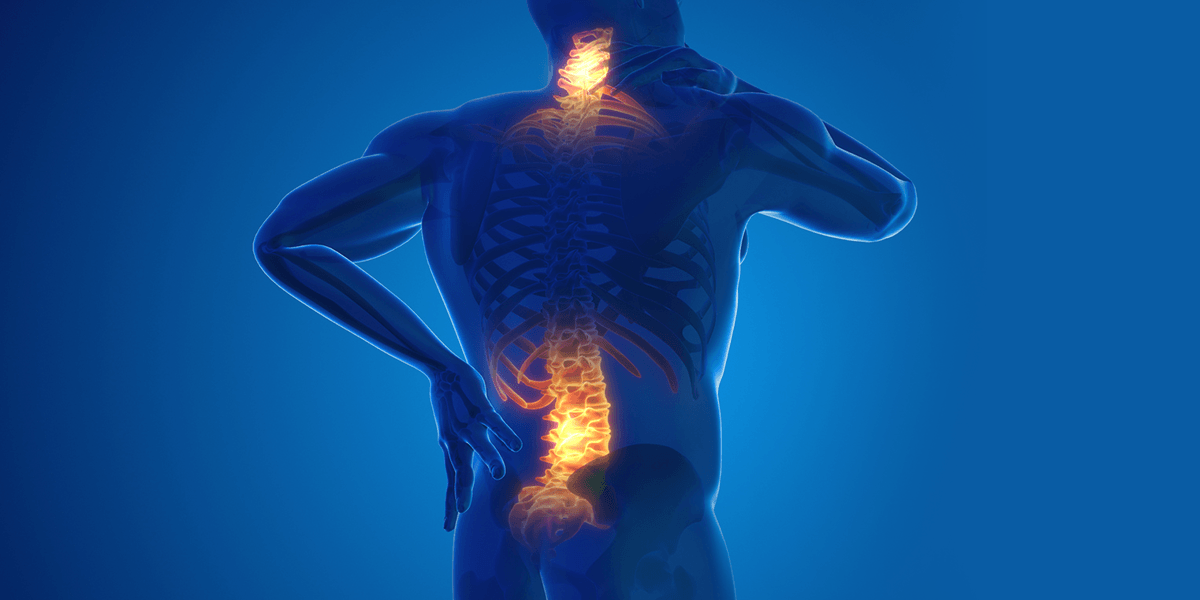

Lumbar radiofrequency ablation (RFA) uses radio waves to create a current that heats a small area of nerve tissue in the lower back. The heat destroys the nerve area to stop it from sending pain signals to your brain. Undergoing a lumbar RFA procedure can provide long-lasting relief in the lower back.
Lumbar RFA is a common treatment for chronic back pain from facet joint degeneration, which is when the facet joints slowly break down over time. Lumbar RFA can also treat pain from other conditions like:
Lumbar RFA is a minimally invasive procedure, and patients can typically return home on the same day.
You will begin the procedure by lying on your stomach on an X-ray table. Continuous imaging, called fluoroscopy, is used during the procedure so the surgeon can reference real-time images. The surgeon will inject a local anesthetic to numb the area and then send a radiofrequency current to heat and destroy the specific nerve. If needed, you can receive treatment for multiple nerves during a single procedure.
How long your lumbar RFA procedure lasts will depend on how many nerves you are treating. For one nerve, it can take around 15 minutes, and for multiple nerves, it may take over an hour. Regardless of how long your procedure lasts, most patients report feeling little to no pain, as the treatment uses a very thin needle.
Once you get home, avoid strenuous activity, including bathing and showering for up to 24 hours. The injection site may still be sore for a couple of days after the procedure. Your pain specialist may give you pain medication, and you can apply ice to help reduce pain.
New York Spine Institute is a trusted choice for lumbar radiofrequency procedures such as lumbar facet RFA, as we offer the following to all patients:
We understand every patient has different care needs, which is why we customize our treatment plans. Our specialists can incorporate various treatments into your care plan to help you feel better sooner.
Our in-house specialists have years of experience treating numerous spine disorders and practice under the leadership of our medical director, Alexandre B. de Moura, MD, FAAOS.
We provide treatment to patients all over the world, and our professionals speak multiple languages, such as Spanish, Portuguese, Italian and Russian, to ensure there are no barriers to receiving care.